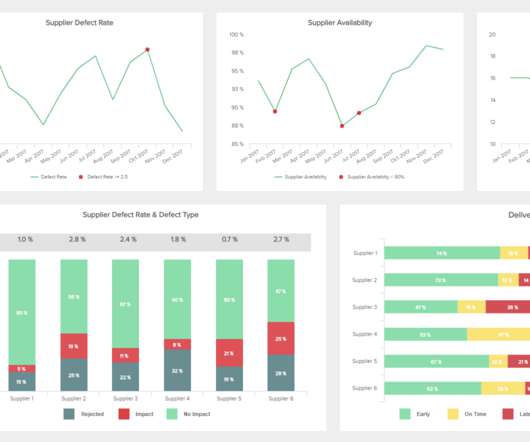Decoding Data Analyst Job Description: Skills, Tools, and Career Paths
FineReport
MARCH 24, 2024
Rapid technological advancements and extensive networking have propelled the evolution of data analytics, fundamentally reshaping decision-making practices across various sectors. In this landscape, data analysts assume a pivotal role, tasked with interpreting data to drive informed decision-making.



















Let's personalize your content